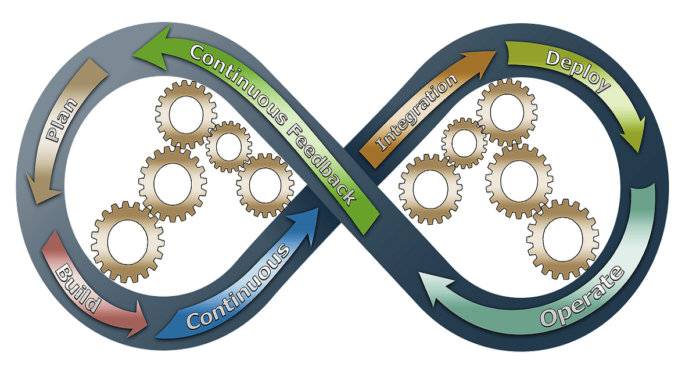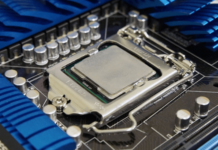It is not a secret that the need for efficient IT Infrastructure continues to grow as technology progresses. But many companies aren’t sure what this means and how to define it. Many also don’t understand what elements of IT Infrastructure are. A definition for IT Infrastructure can be broken down into three major parts, then further divided into subtopics. The purpose of this article is to help businesses understand IT Infrastructure more thoroughly and define their needs accordingly.
Hardware infrastructures include the hardware devices such as computers, storage systems, networks, routers, etc. which make up the IT Infrastructure. In addition, IT infrastructures in work settings are also increasingly user-personalized, bottom-up and customized. The idea of user-friendly, customizable, and flexible “platforms” captures our thoughts when discussing user-friendly infrastructure. The field of user-friendly computing architectures (user-friendly software) encompasses many elements such as browser-based mapping software, desktops/mainframes, and devices such as printers, scanners, card readers, digital cameras, video game consoles, mobile devices, etc.
As previously mentioned, user-friendly platforms bring together many discrete components that are critical to running a business. Then, we have application service providers (ASP) which perform these functions and together, these building blocks form an IT Infrastructure. Application service providers can be either a computer hardware or software organization. We will now take a look at the types of building blocks and how they are related.
There are several different types of infrastructure components and some of them are hardware and software. The type of hardware that you will see here will be most often servers. However, the term “hardware” can also include peripheral devices such as printers, scanners, card readers, digital cameras, video game consoles, and so forth. So the first aspect to address is the type of hardware that an organization requires.
Then, as stated earlier, there are several types of infrastructure. Some examples include: physical infrastructures such as servers and workstations, logical infrastructures such as network routers and switches, virtual infrastructures such as appliance environments, and virtual or virtualized networks. With virtualization, the IT Infrastructure takes the role of a function that is performed by a virtual server or a virtual machine. This kind of infrastructure is called virtual infrastructure because it is implemented inside an existing virtual system, so for example, the network router is implemented inside a virtual server and the operating system on a virtual machine.
Then, as previously mentioned, there are several components of infrastructure. One of these components is data centers. Data centers consolidate all the hardware and other resources of an organization into a single centralized location. This is done in order to store all the data in one place and to provide security and reliability to allow easy access to users.
There are two main purposes of data centers: maintenance and recovery. Maintenance centers mainly maintain the hardware, software, and electricity in order to ensure that the business can continue running smoothly. On the other hand, recovery centers provide redundant backup power and other resources in order to ensure that the business continuity plan can run as planned even if some critical data or equipment fail. In fact, there are also hybrid models of data centers that combine both the services of maintenance and recovery. As you can see, both maintenance and recovery are essential aspects of IT infrastructure.
So in order to learn more about IT infrastructure, you need to know the different types of hardware as well as software applications that are part of it. However, don’t get confused when some terms are used because they really mean the same thing. For example, an Ethernet network refers to a set of physical interfaces that are found in a local area network (LAN) or between different Local Area Networks (LANs). On the other hand, a Wide Area Network (WAN) is a collection of computers that are connected to each other via a high-speed Internet connection.








